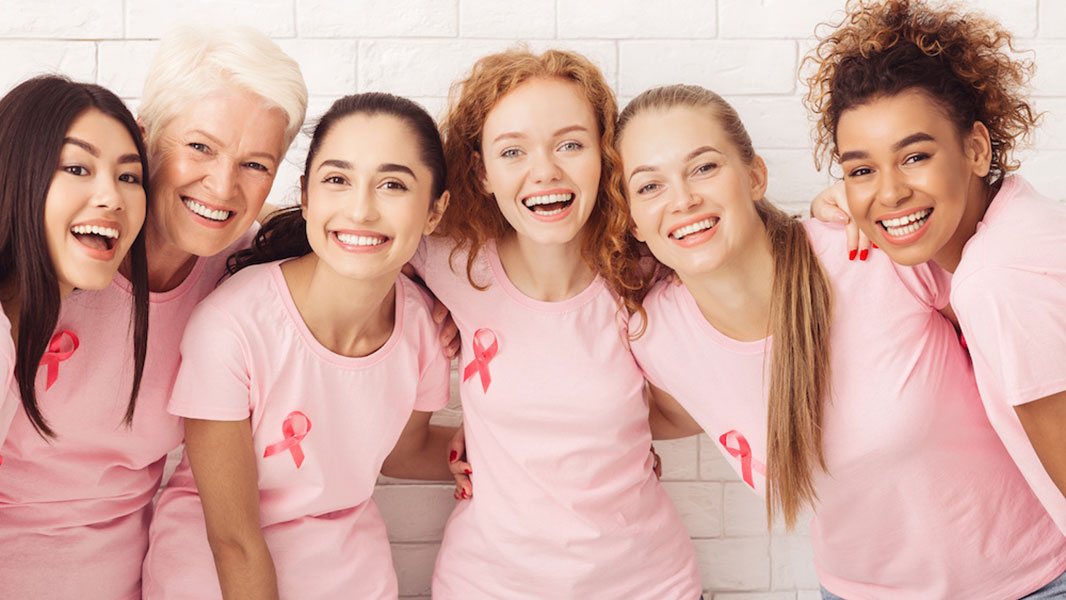The most common complaint heard from my patients that have survived breast cancer is “my oncologist tells me I should be happy that I’m alive, but I feel dead down there”.
As a matter fact, in the articles cited below, up to 70% of breast cancer survivors experience the genitourinary symptoms of menopause. Basically, they have been fighting for their lives for 1 or 2 years having undergone surgery, chemotherapy, radiation and then antiestrogen therapy and didn’t think about intimacy. Once they have stabilized and returned to “normal” lives they realize that their partner has been by their side and waiting for them all along and wanting to share intimacy again and even penetrative intercourse. Unfortunately, many of these women are surprised that although they had a successful treatment there are long lasting side-effects that effect quality of life.
Symptoms and Side Effects
One of these side effects is early menopause including vaginal dryness and pain, frequent UTI’s and sometimes itching and burning. The loss has vaginal estrogen causes the vagina to become smaller, dryer and loses elasticity. Suddenly women that were sexually active and didn’t think anything of it, come to realize that they dread intercourse because of the pain. This often leads to a very depressing cycle of pain and vaginal spasm. Let’s look at how I deal with this problem.
First off, I educate them on the genitourinary symptoms of menopause and help them understand that this is what is happening but in a compressed accelerated way. Women in their 30s, 40s, or even early 50s are not expecting to have these types of menopausal symptoms. Especially not expecting them to take place so rapidly.
Symptoms can include dryness, itching, vaginal or bladder infections and pain with intercourse. There can be shrinkage of the vagina caliber or length related to the scarring and thinning.
Treatment Options
Typically, the treatment for this is topical low-dose estrogen which is often counterproductive in patients who are undergoing treatment for breast cancer especially estrogen receptor positive. The alternative is the MonaLisa Touch vaginal laser. What is interesting about one of the articles sited below is the rapidity of the response to the laser energy as far as restoring the vaginal walls.
The vagina is essentially a muscular opening, and when women experience pain on the surface, they can start clenching those muscles and eventually causing muscle spasms. This is like doing a Kegel all the time and not being able to let go. For those patients, I usually send them to physical therapy to work on biofeedback as well as actual myofascial release of those muscles at their trigger points. In addition, dilators and vibrator’s can be helpful once the inciting pain and dryness has been addressed.
Recently, some articles have come out looking at the efficacy of the MonaLisa Touch CO2 fractional laser in breast cancer survivors. One of the things that I’ve been concerned about is how many treatments beyond the initial 3 treatments patients would need, and what the durability of the 3 initial treatments would be. In a typical postmenopausal patient not on anti-estrogen therapy, we would expect that the 3 treatments, once every 6 weeks, followed by annual MonaLisa Touch Ups© are perfectly adequate to treat those symptoms. The success rate for patients is around 92%.
The articles that I cited, show that initial treatments have been successful in alleviating the symptoms of feminine dryness in breast cancer survivors but do not address the durability issue. In my experience, about 20 or 30% of my breast cancer survivors who are still on antiestrogen therapy will need a fourth treatment 3 months after their third one or will need a booster at 6-9 months rather than 12 months. This is what I council my patients so that they know what to expect and are not simply extrapolating what their experience would be compared to patients who are not on antiestrogen therapy. Basically, these patients are “swimming upstream” in addition to dealing with the normal aging process. Everyone hates surprises, and I think it is important to be as transparent as possible in regards to this therapy. On the other hand,
“I have now been providing the MonaLisa Touch vaginal laser therapy for 5-1/2 years and have many delighted patients who have had their intimacy restored.” ~ Dr. Karny Jacoby
Is the MonaLisa Touch the treatment options for you? To answer your questions and get detailed insight about the MonaLisa Touch you can download a FREE copy of our Patient Guide here.
